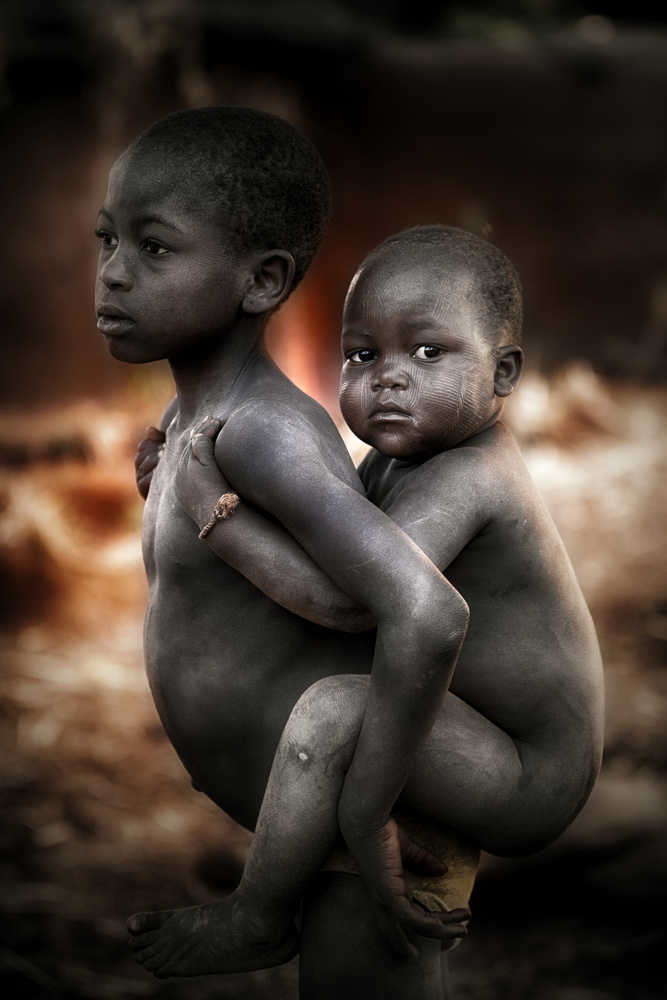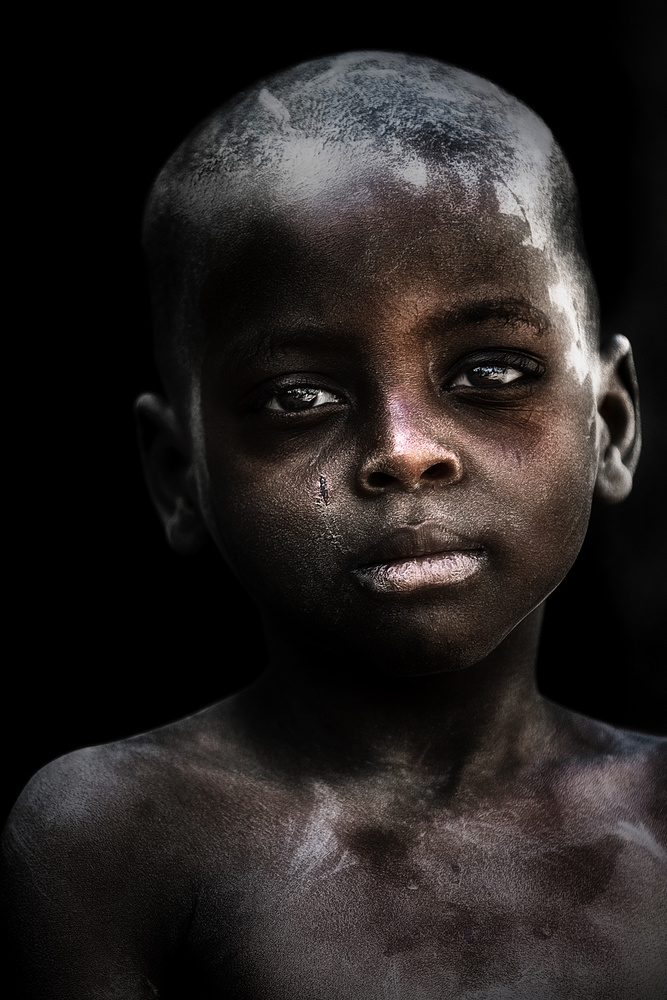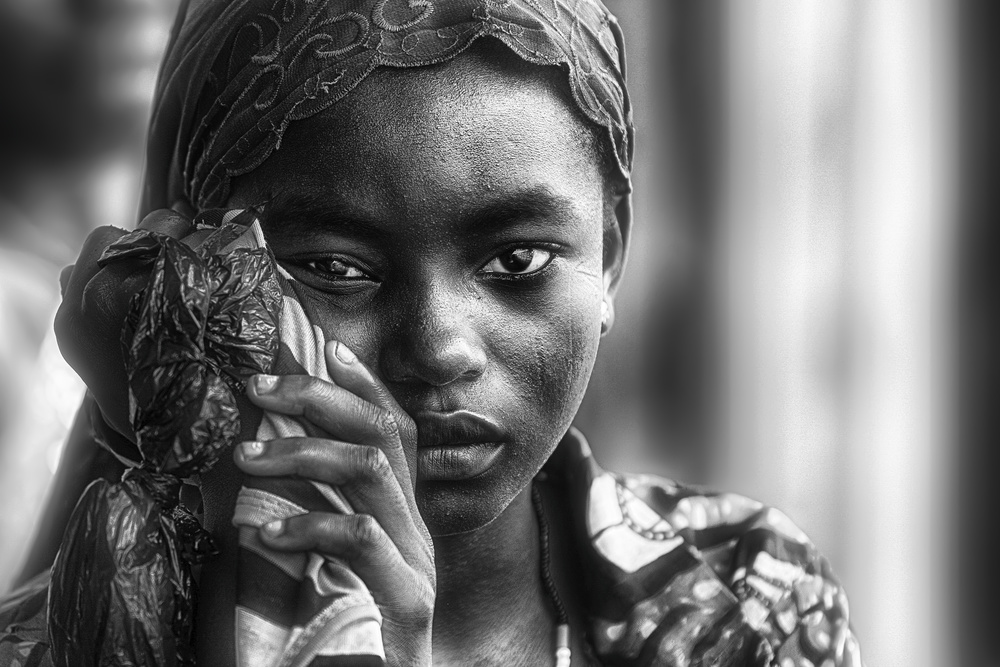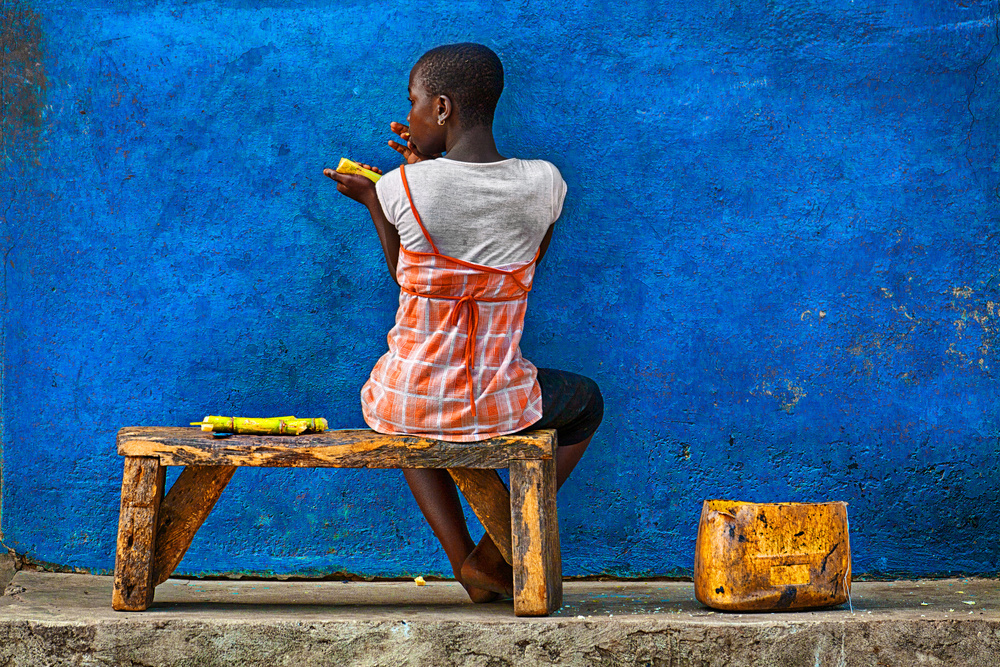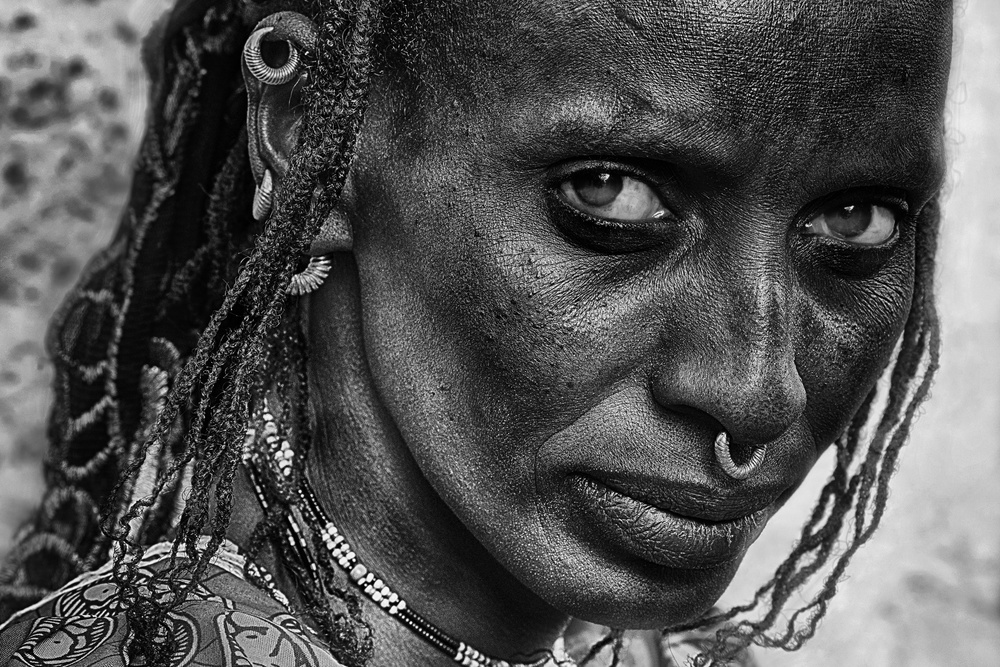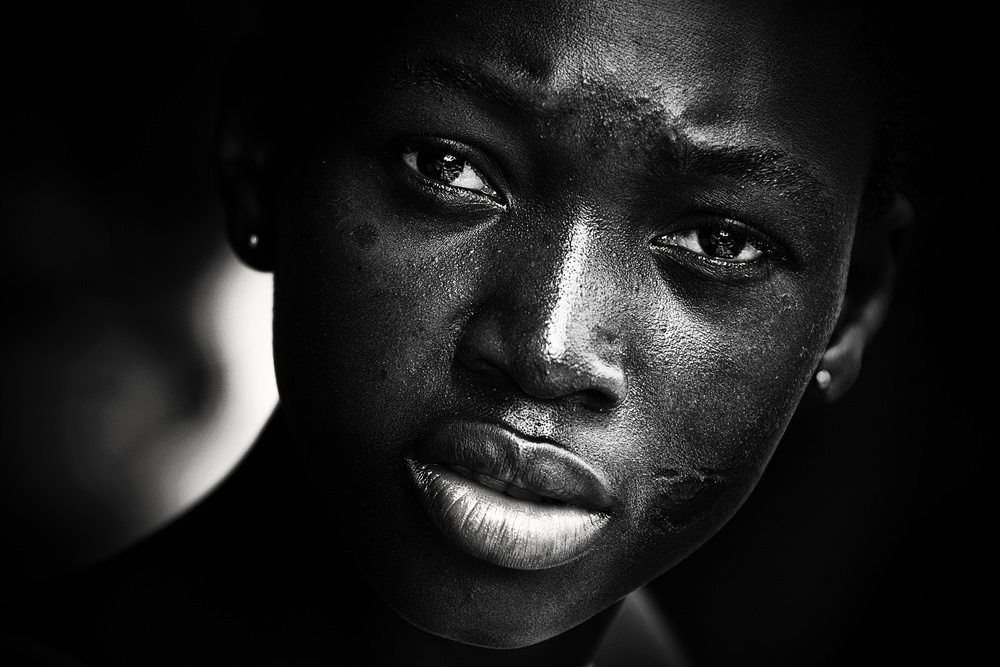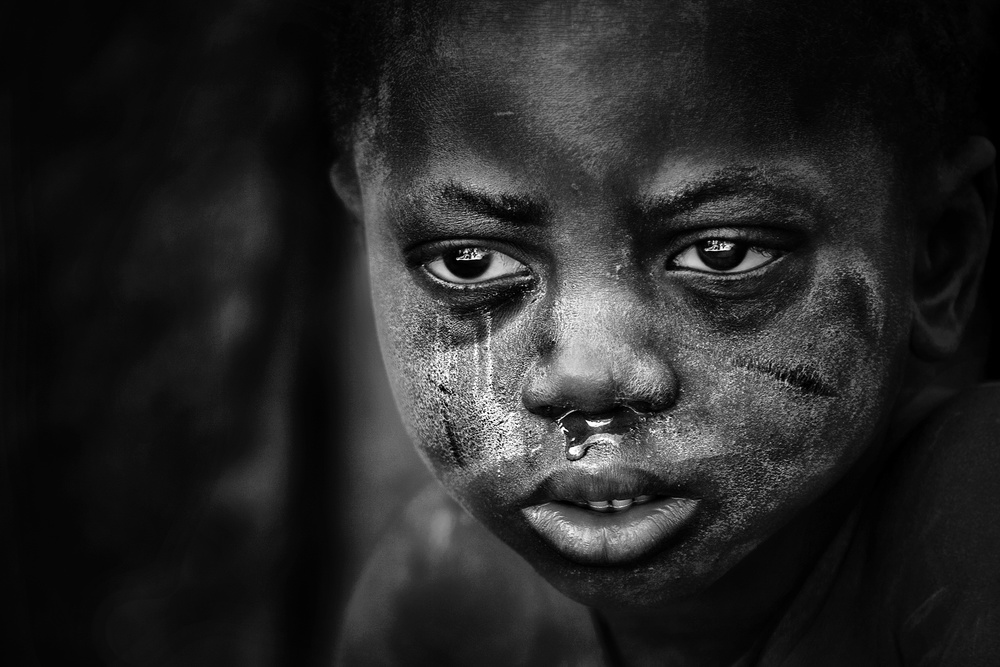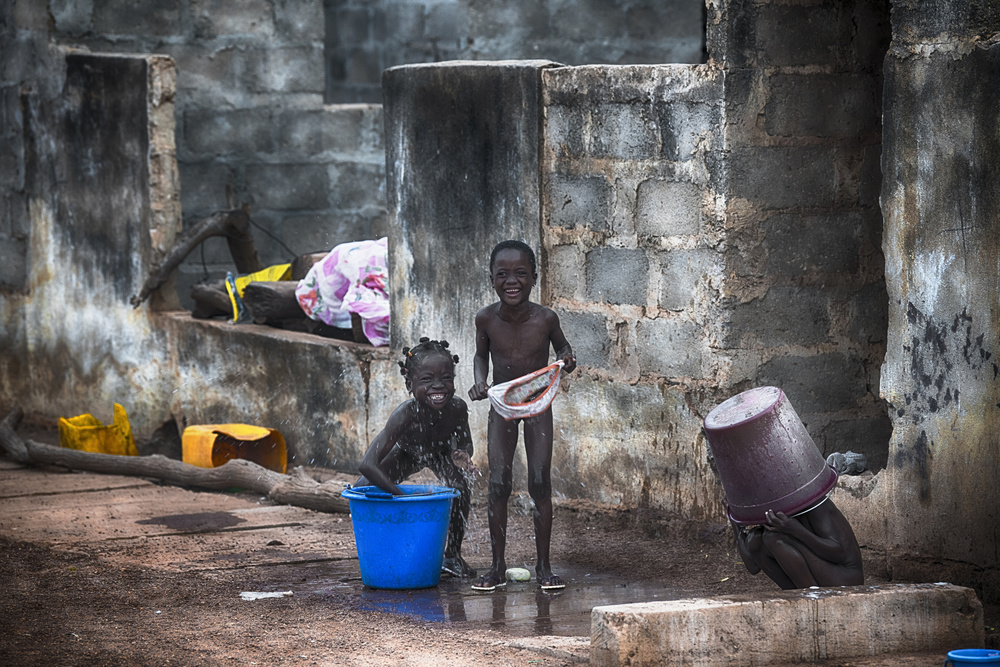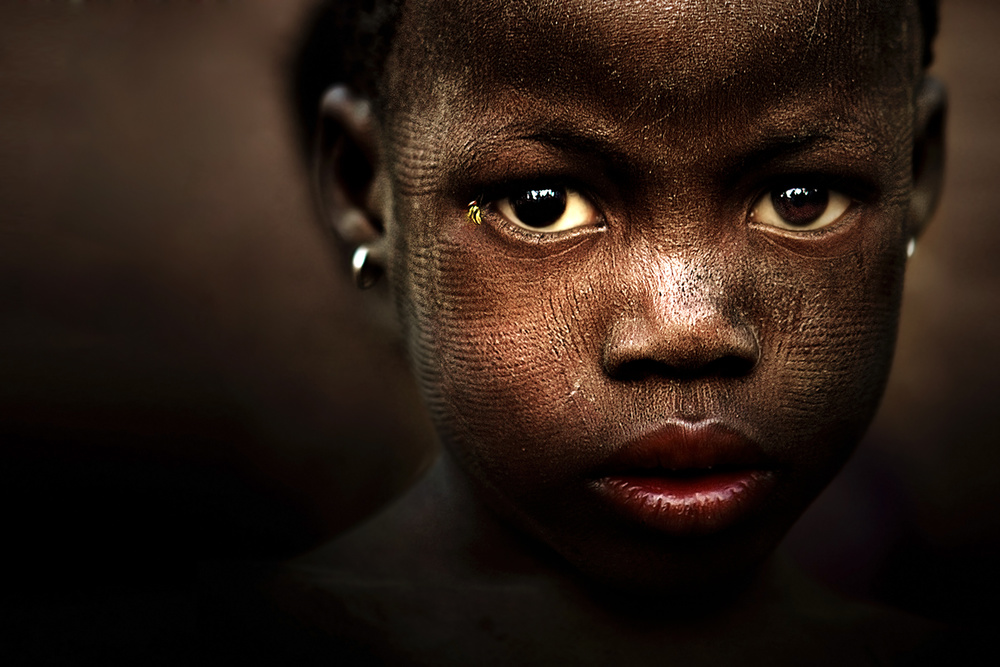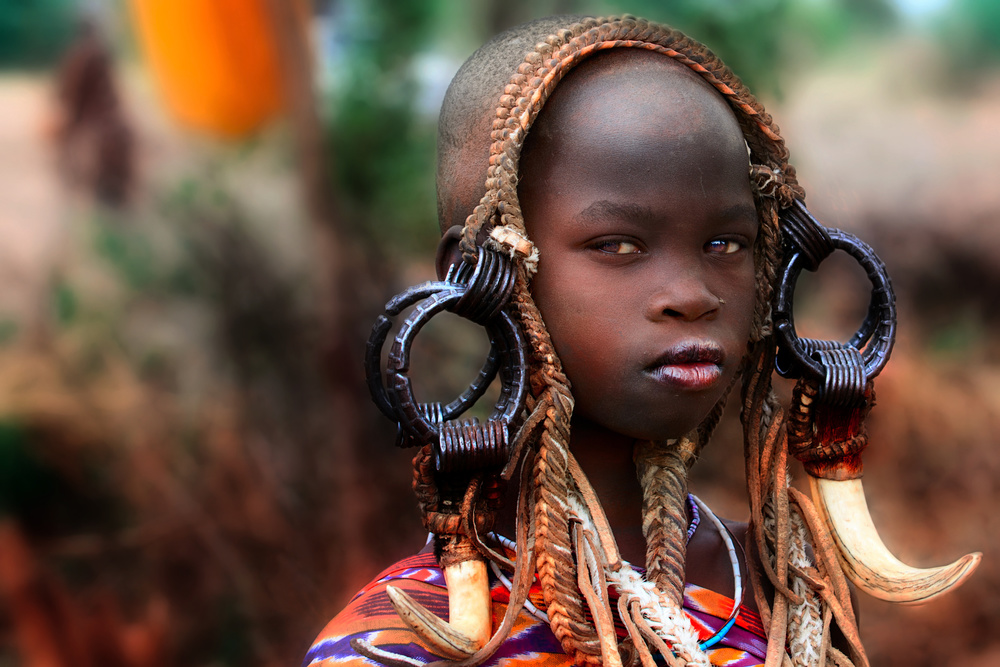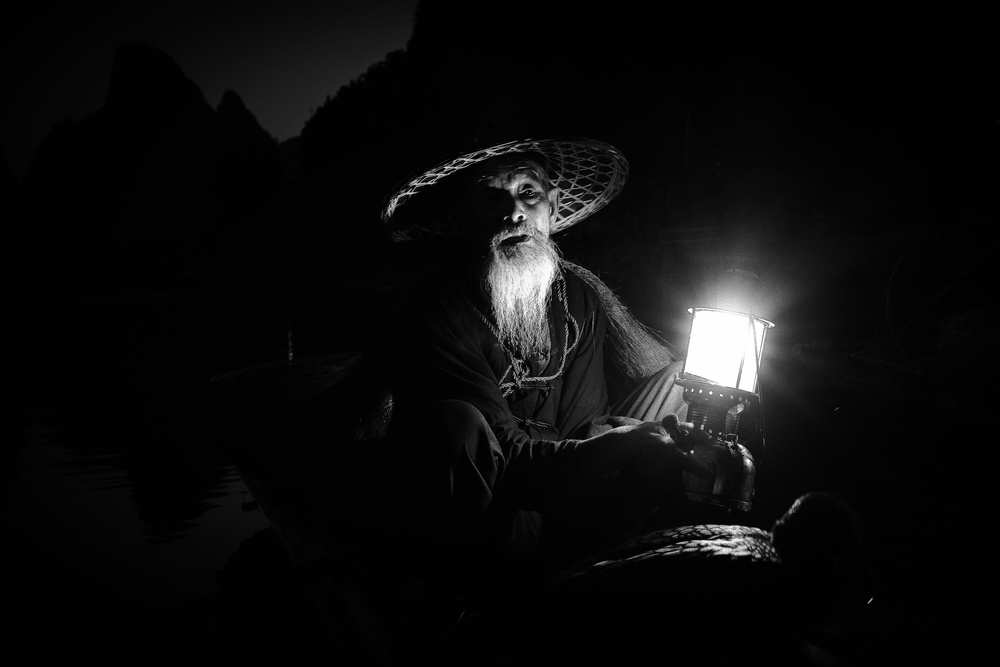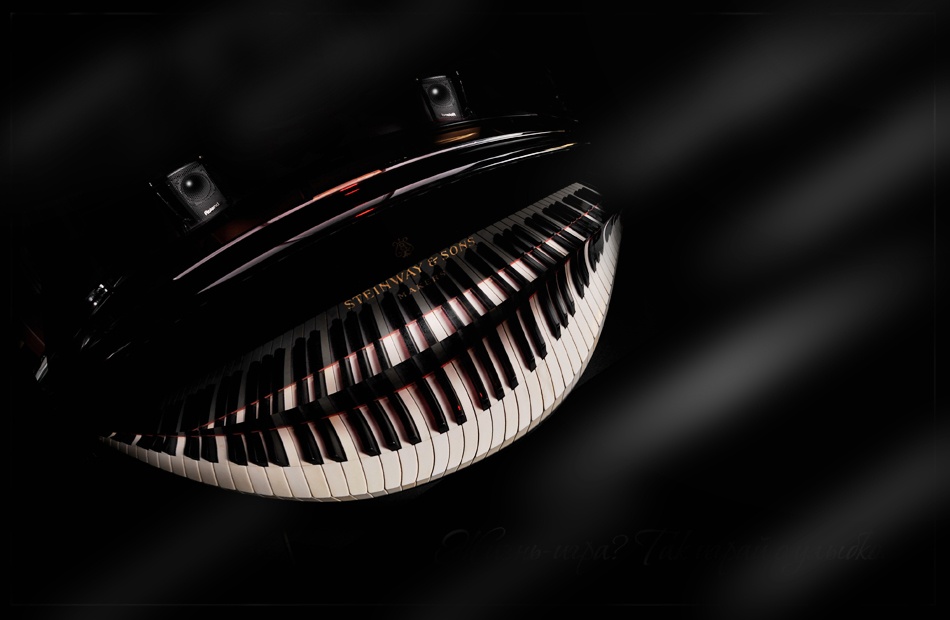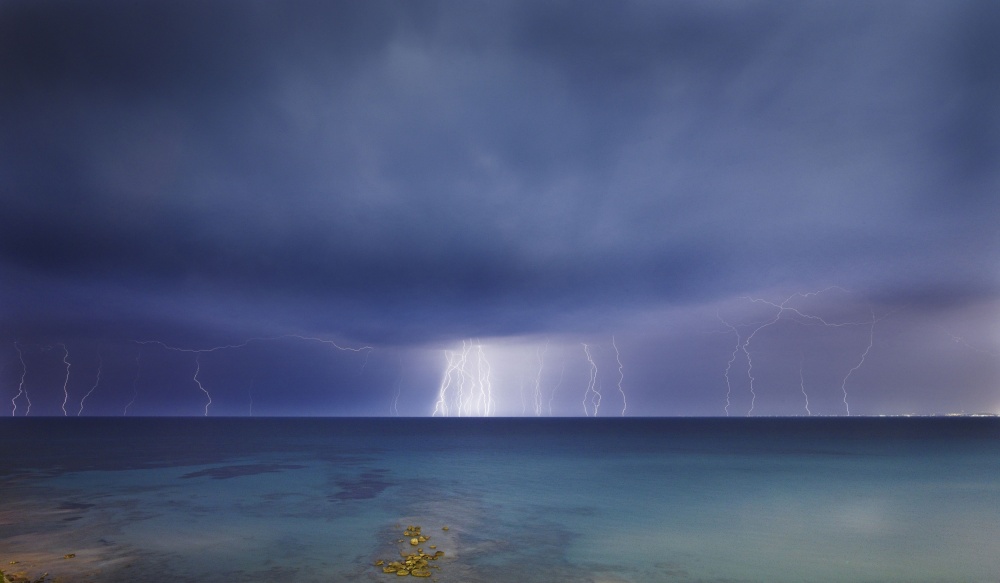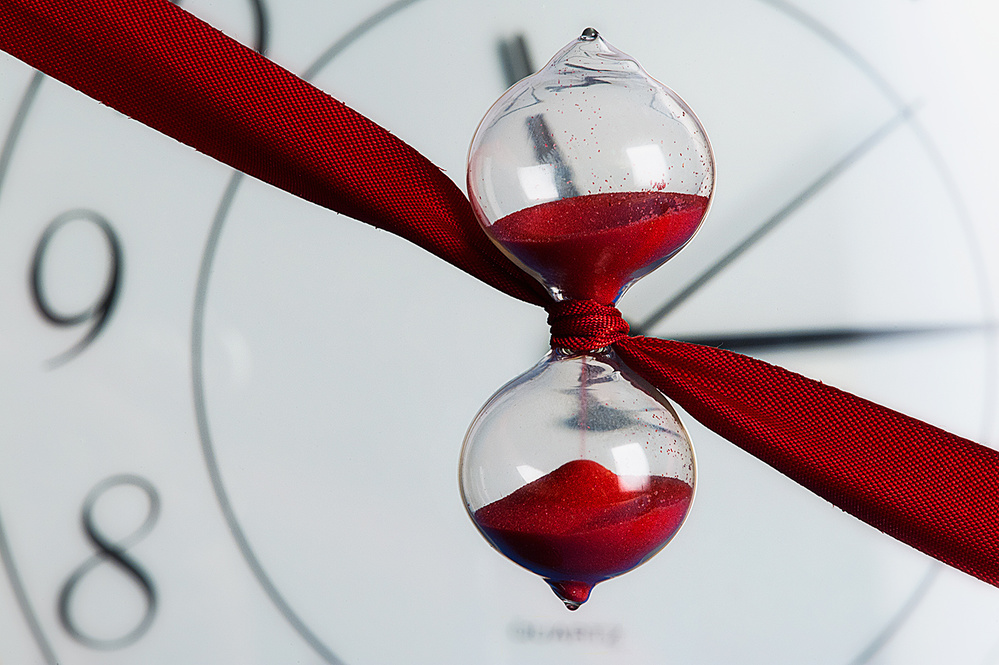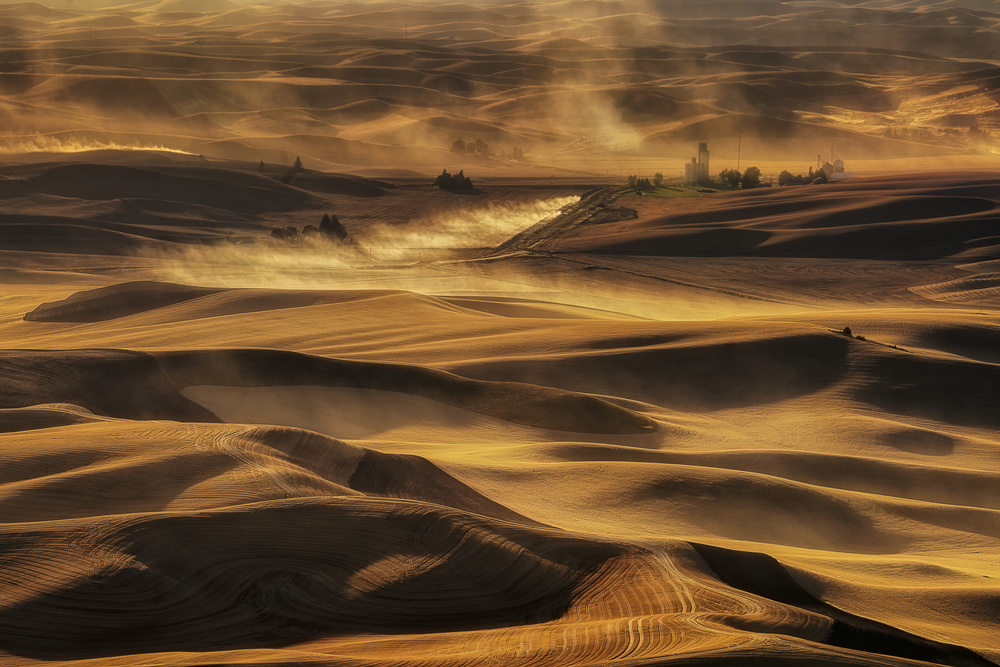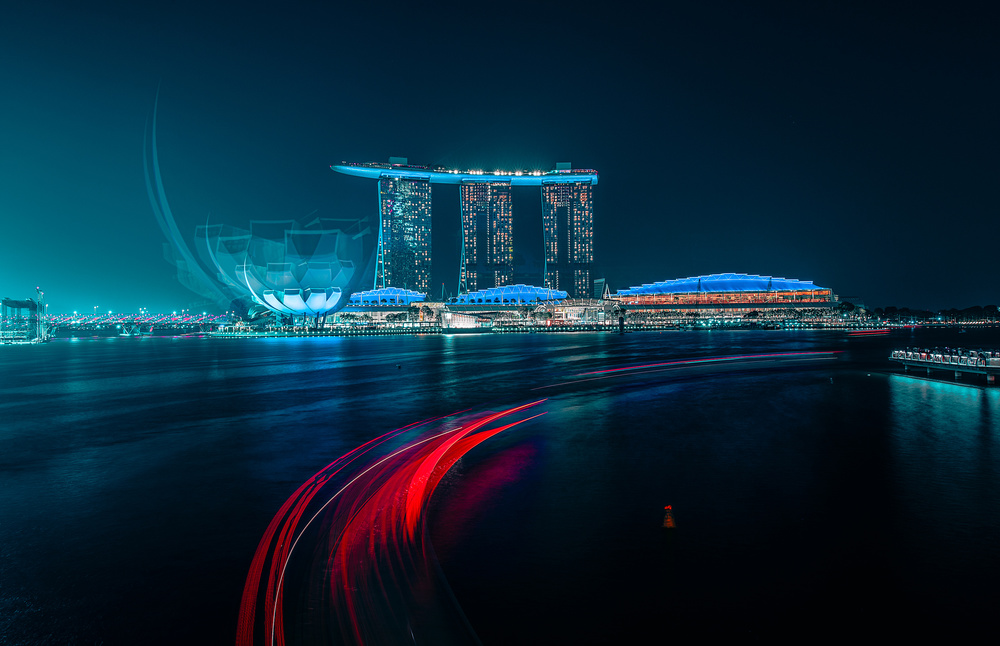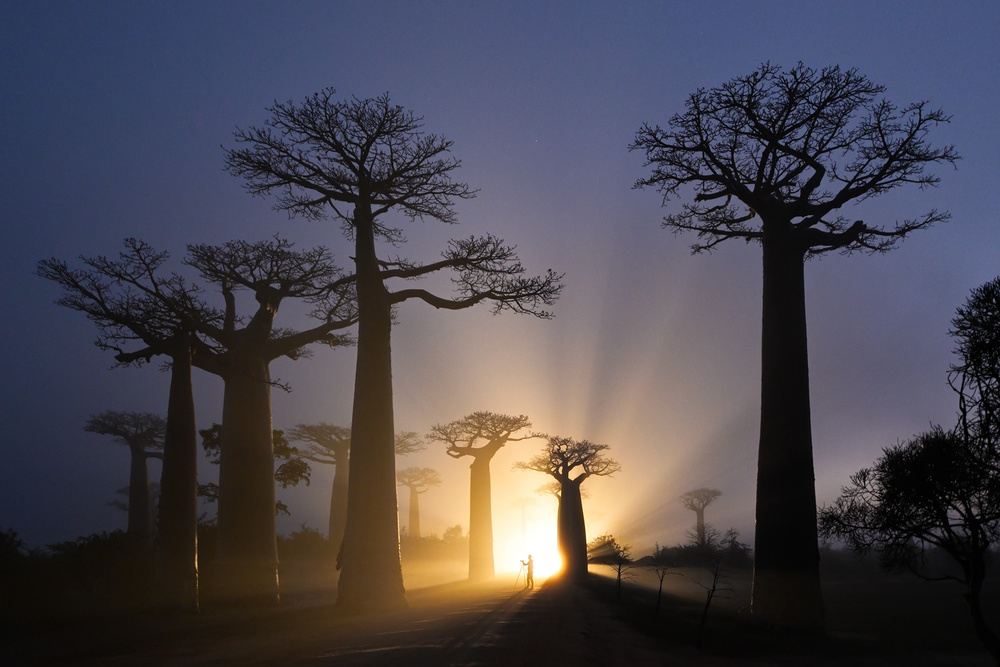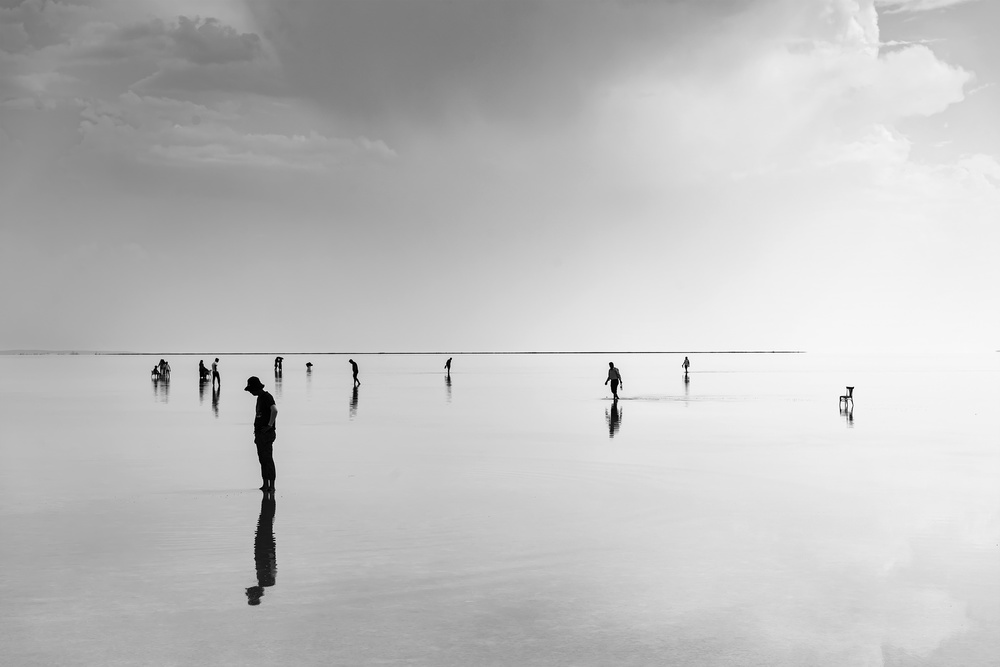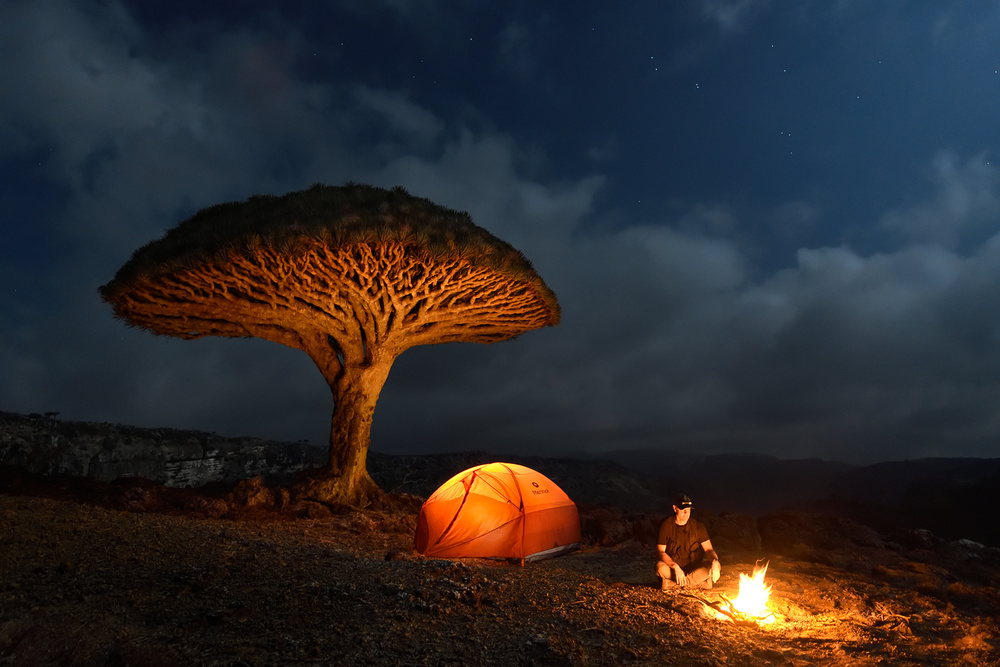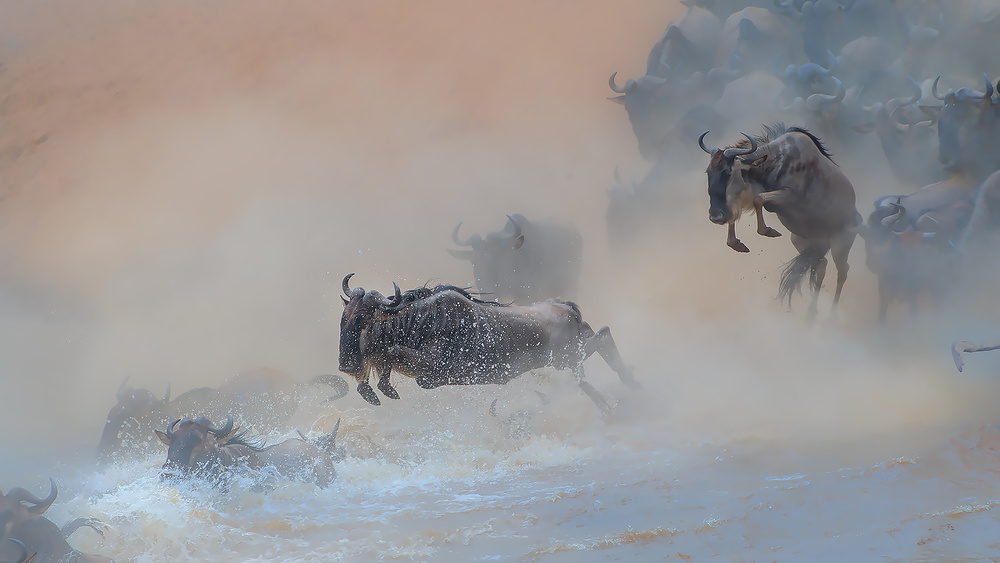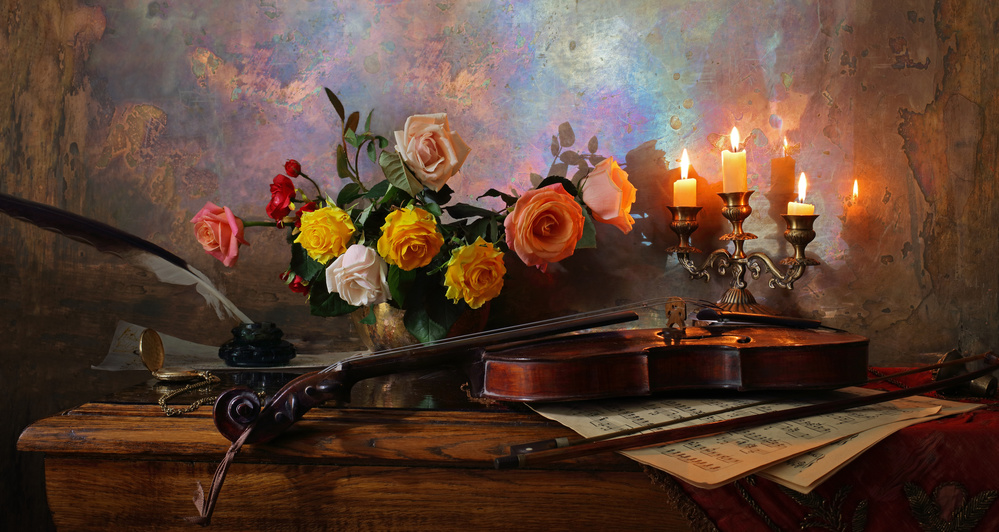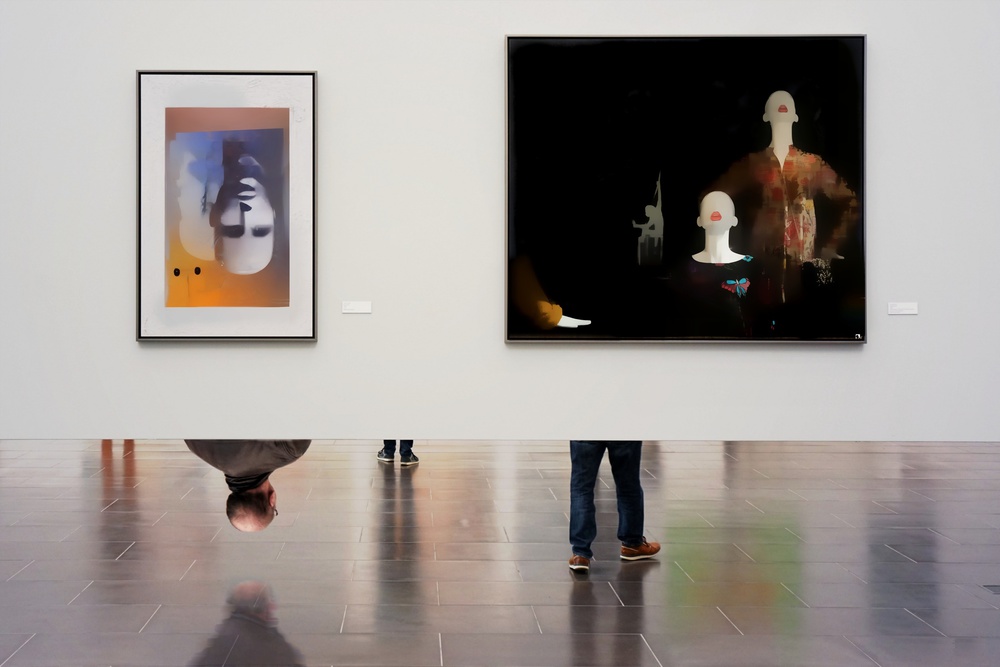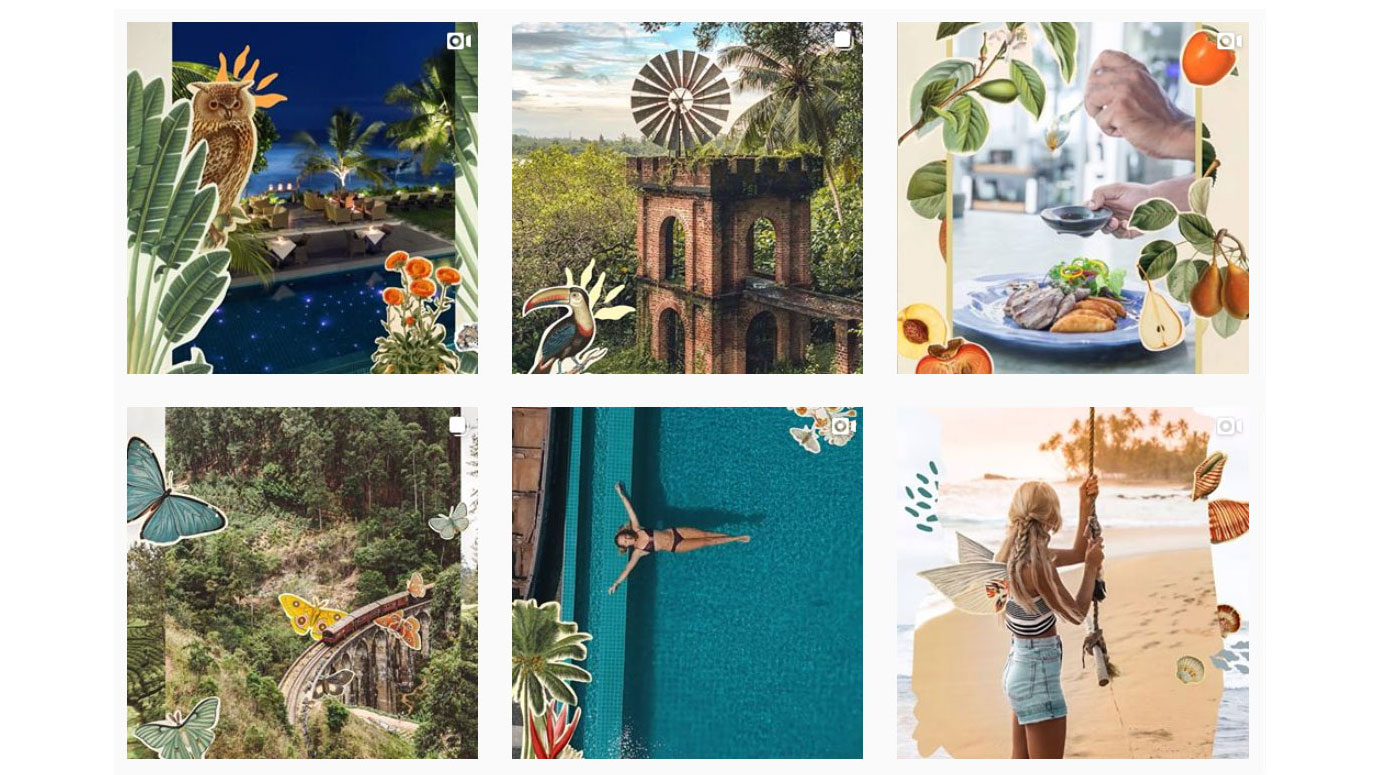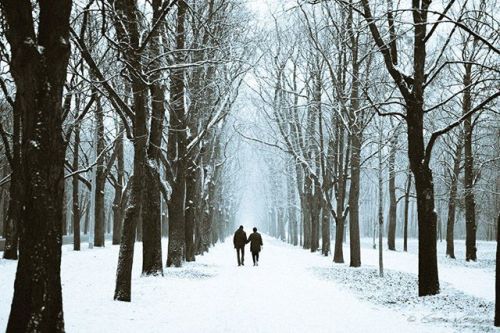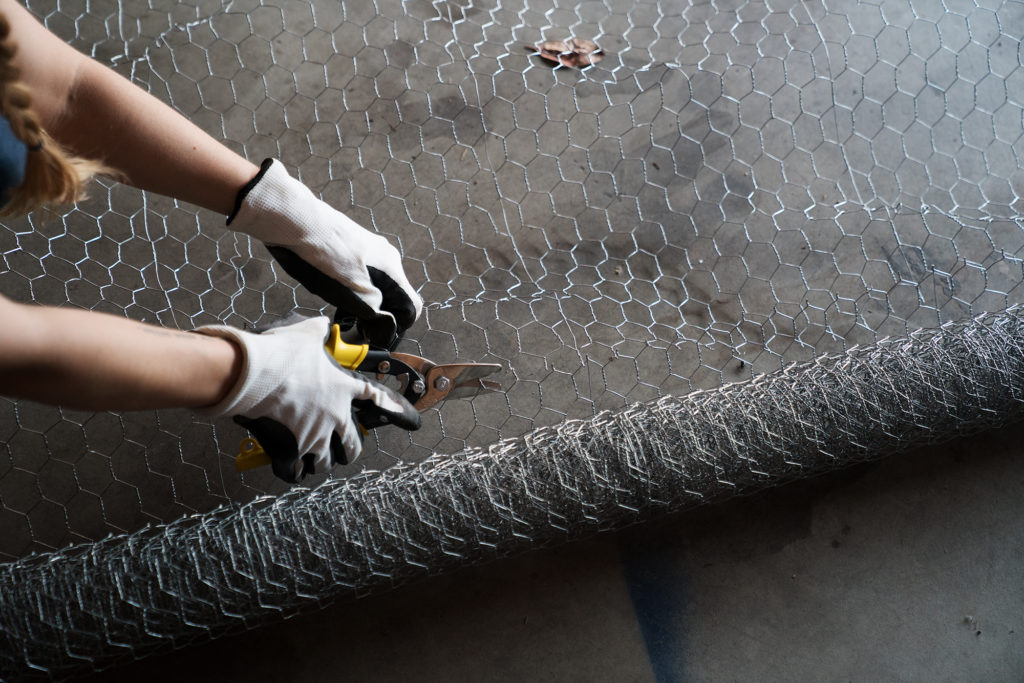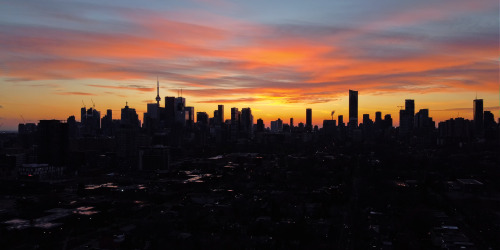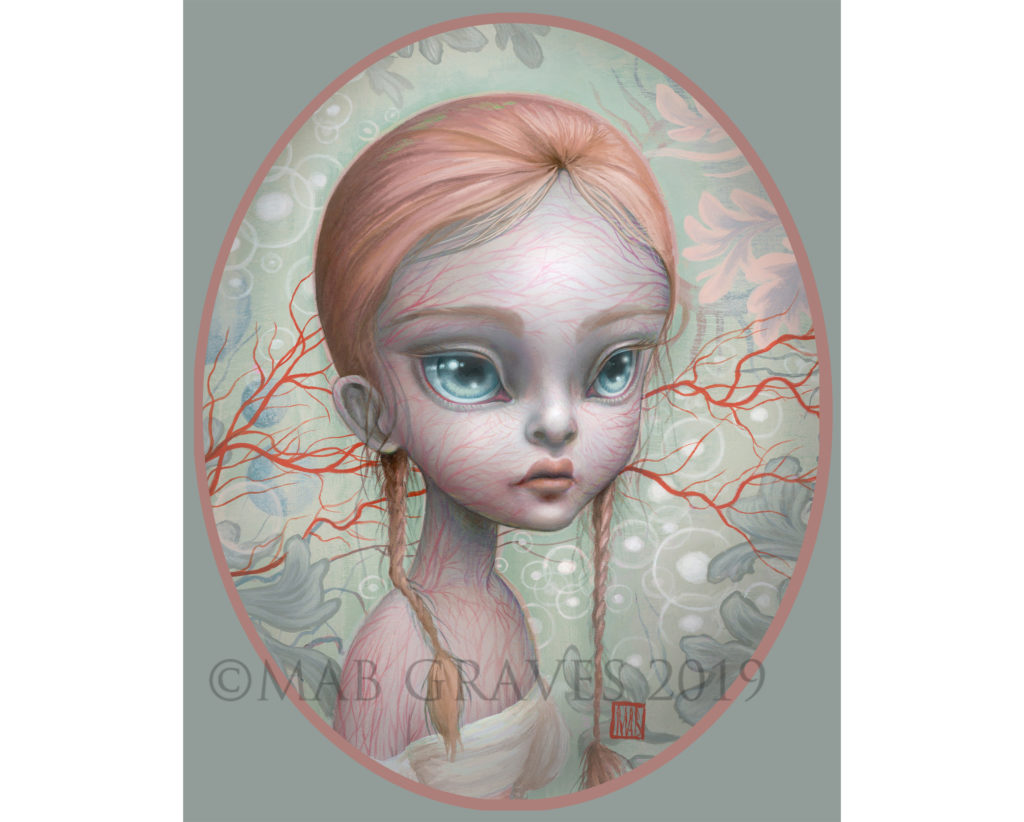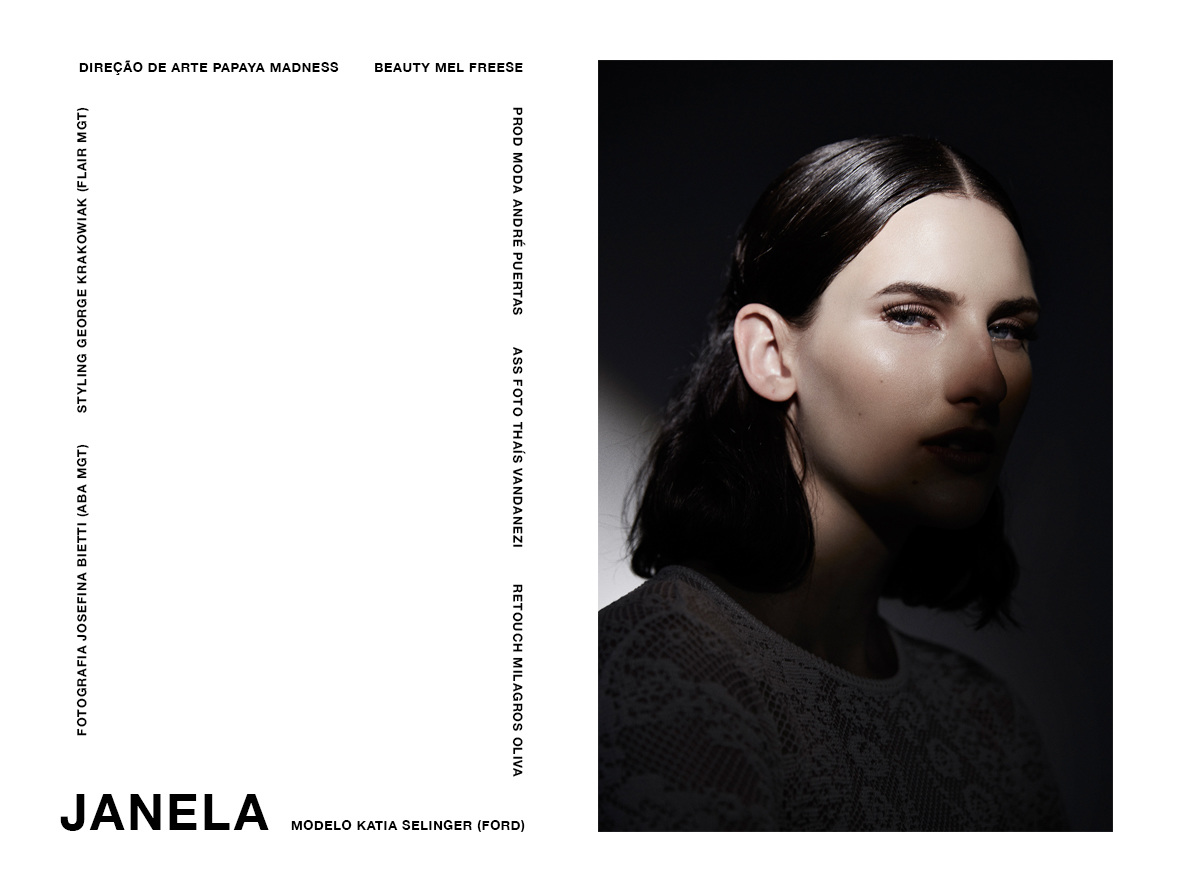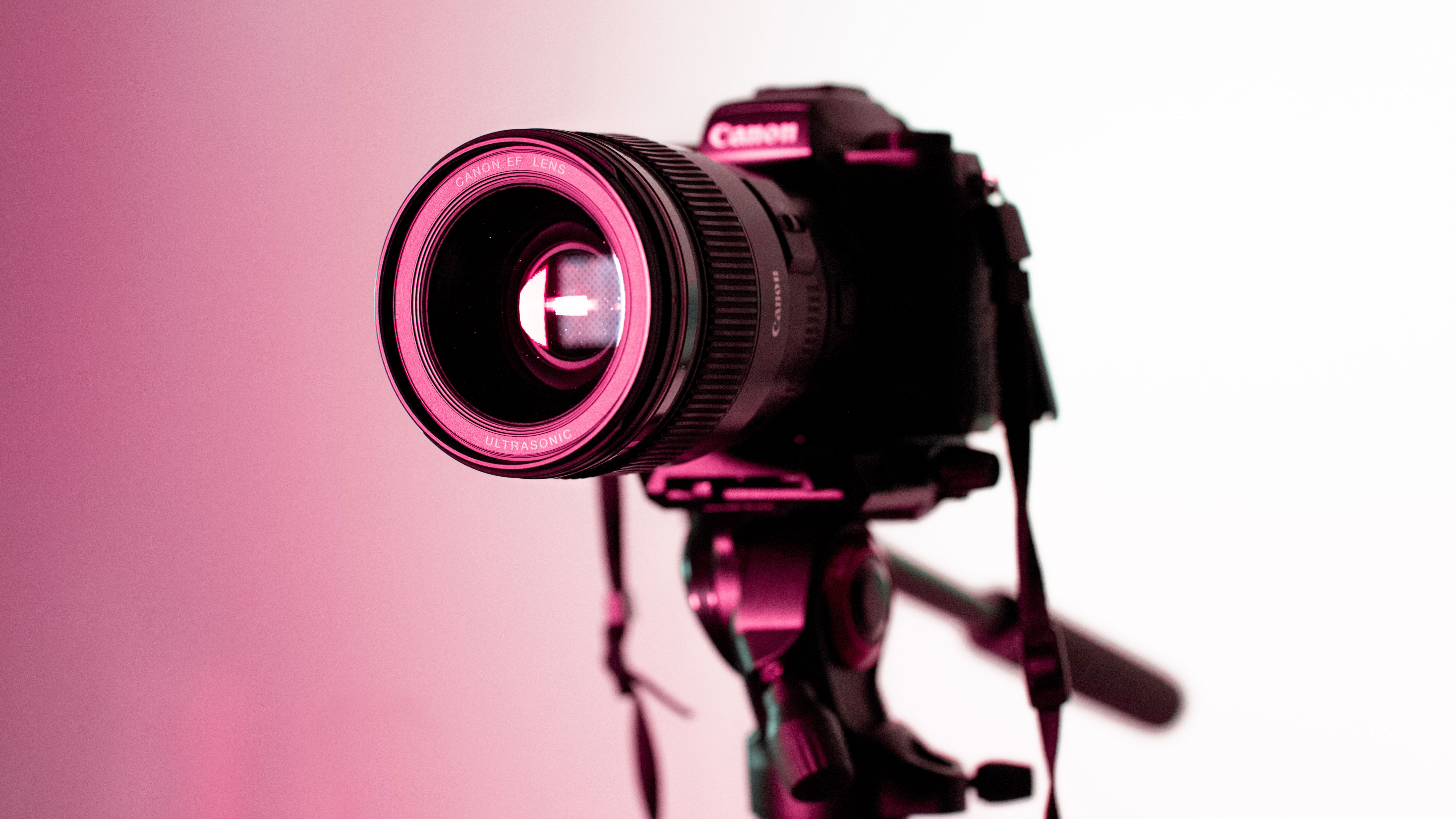Photographers
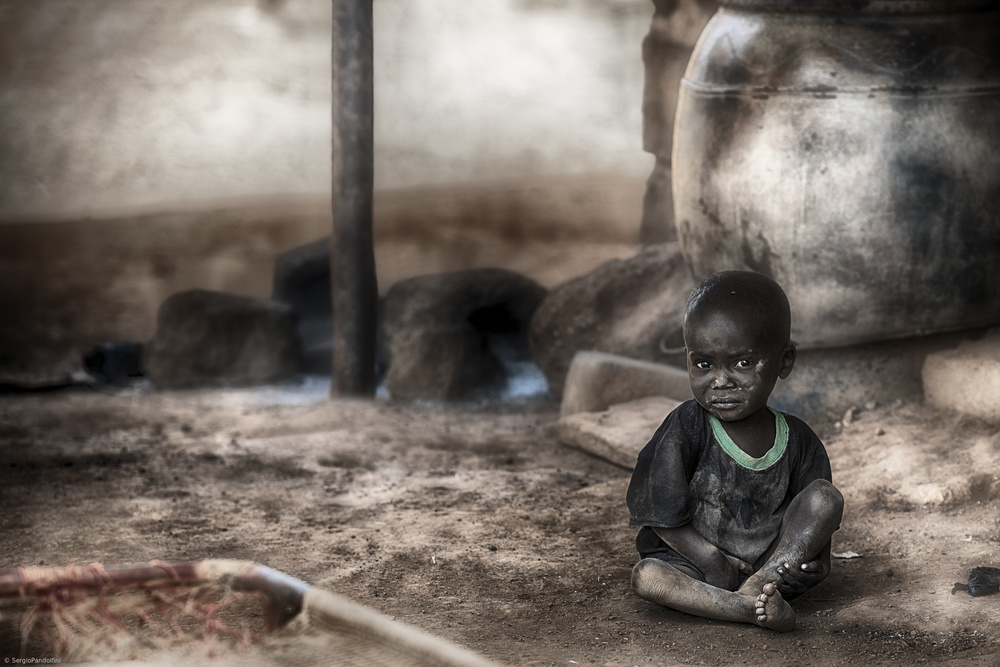
Sergio Pandolfini: Photographer of the week
1x Blog-PhotographersSergio Pandolfini's portfolio is most impressive and inspiring. His documentary images and portraits are powerful and poignant. His photographic vision is intensely related to real life and real people, always smiling to gain the confidence of people and to become one of them. Sergio wants to transmit emotions and universal meanings in his work. Discover more about this great documentary photographer through this interview and be inspired.

'Please, leave not kids alone... - Côte d'Ivoire'
Briefly tell us about yourself, your hobbies and other jobs.
My name is Sergio, I am 59 years old and I live in Italy, more precisely in Cesena, a town in the Emilia Romagna region, near the Adriatic Sea. I worked for a banking group until last year, dealing with organization and telematic systems, but now I am in retirement phase. In addition to photography, my great passion, I like travel and specially make trips of ethnographic nature. These two passions, photos and trips, are closely related for me. My other great passion is painting and above all the study of painters. So, I like visit many museums and picture galleries, of which fortunately Italy is very rich. Finally, I love reading and I have more than 2,500 books in my home.
How has your history and life experiences affected your photography?
What first attracted you to photography?
Since I was a child I have been fascinated by drawing - in particular the possibility of portraying people - and above all by painting. When I was a teen-ager, in the '1970s, I began to study the great Italian and European painters, trying to discover and understand what attracted me so much in their works, what was the secret of their ability to emotionalize. Unfortunately, I soon realized that I had no talent for this art. So it was that I slowly became interested in photography, an art I have always considered as the "favourite daughter" of painting, hoping to finally satisfy my "need" to tell people through images.
So, with my first salary I bought a camera (a Canon FTB) and then started taking my first shots. I did it instinctively, unpretentious and with no particular technical preparation and above all with no cultural preparation. I just had the basics notion for using my camera and I had no idea that there were already many great photographers in the world (at that time there was no internet ...). The only images I had in mind were still those of my first passion: the painting. My only wish was to be able to recreate with this new form of art the same emotions I had when viewing the paintings and portraits of my favourite painters. So, I can safely say that my "guides" in my beginnings were Raffaello, Masaccio, Caravaggio, Rembrandt, Vermeer, only to name the most famous. When I realized that I could combine my growing passion for photography with my innate passion for ethnographic travel I started to deepen my technical knowledge and to study the works of the great masters of portrait and reportage. Over the years, in fact, I began to understand this was the only way to really progress and to satisfy my desire. Now I'm definitely a more experienced photographer, with more knowledge, with a clear vision of how to create my images, but I have never stopped learning from those who are better than me, and fortunately they are many.
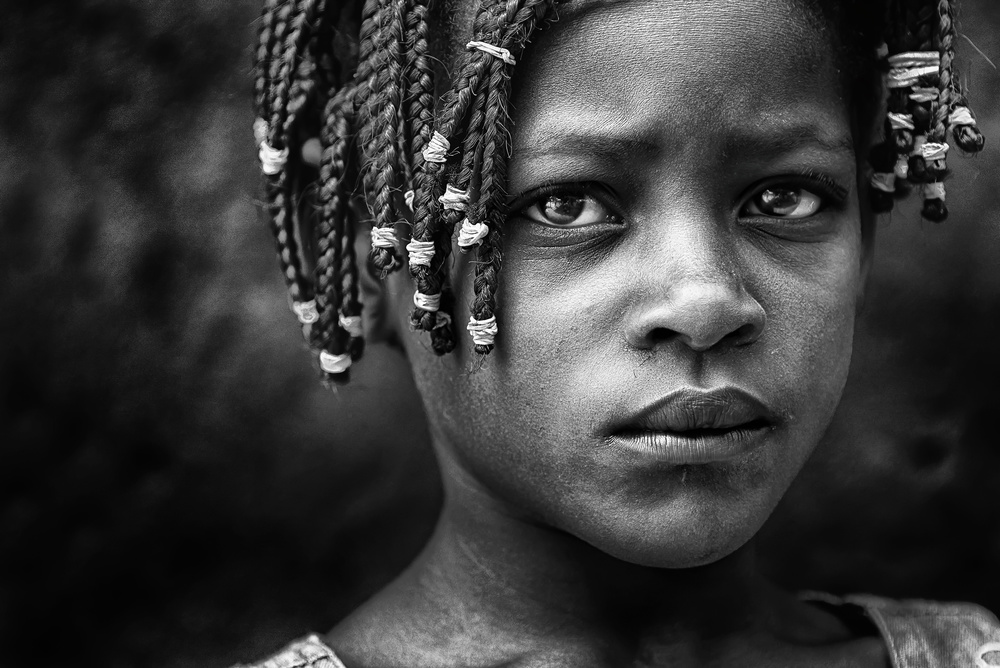
'When tiredness penetrates flesh'
Describe your overall photographic vision.
My vision of photography is closely related to people. So when I go out into the street or when I enter a market or visit a village, I almost never have a precise idea of who I will photograph, or if I can take photographs, but I always have a pretty clear idea of what kind of photos I want to get, that is portraits of real life and of real people.
What generally is your relationship to your subject matter beyond being an observer?
It takes a lot of patience and even a bit of luck to get this kind of images. It takes sensibility to get in touch with people without scaring them and above all respecting their dignity and their way of life. Entering a village - me, a white man armed with strange equipment - is always an event that upsets the daily life and routine of these people. You must first of all be "accepted", become familiar with people and only after then take pictures of who strike you.
I always have very little in common with these people: I hardly know their traditions, I almost never know the language and very often even the gestures can take on ambiguous meanings, so better to avoid them. The only type of communication that is never misunderstood is the smile! It is necessary to show them that you are really interested in their individuality, to their person, to sit with them, to accept or offer food, and in the presence of children to physically place yourself at their level and maybe play a little with them. In short, as far as possible “become one of them”.
There are different ways of doing a photographic reportage, all equally valid and effective. The way that matches my idea of photography is to focus my attention on faces, on emotions, on looks and "to put on the same line the head, the eye and the heart", as said HC Bresson. And this not only because every face is absolutely unique, but above all because I believe that the emotion transmitted by a look or a face has an absolute and universal meaning, which goes beyond time and place.
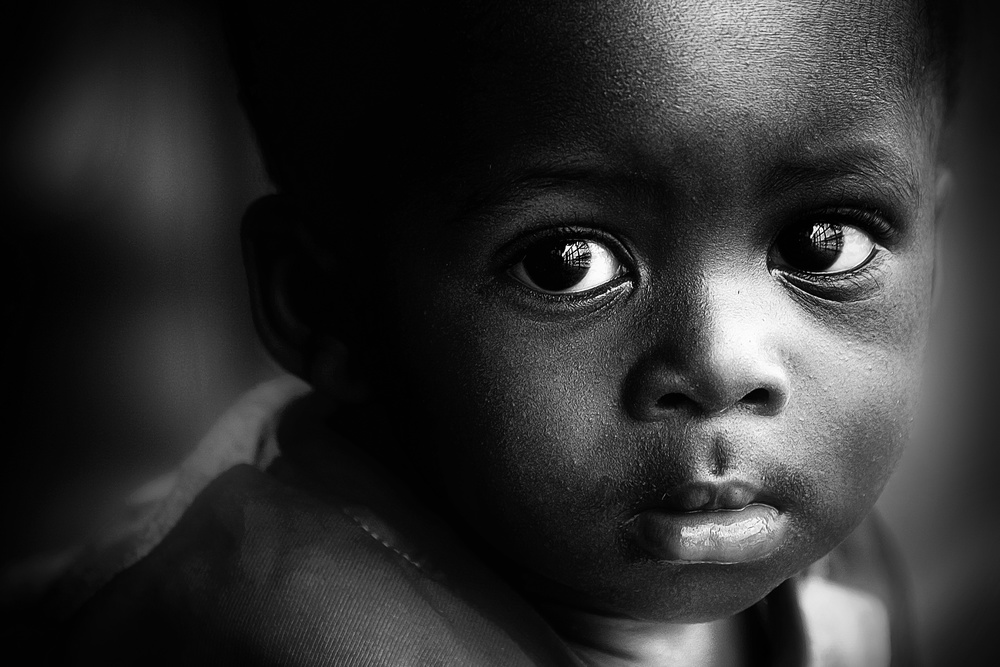
'Your eyes can do everything - Ghana'
Why are you so drawn by Documentary Photography?
I always have been a very curious person and particularly attracted by human nature, and this has inevitably led me to cultivate two great passions: photography and travels. I plan my trips to reach the "different from me", moving away as much as possible from the "western" lifestyle. My "need" is to learn about other cultures, get in touch with communities that still maintain intact their ancestral traditions. There is no denying, however, that these traditions often involve women and children, assigning them hard and often heavy tasks to bear. I love photographing these people, my intent is to fix in an image their faces full of humanity, faces engraved by the fatigue of a life, even when that life is still short, as in the case of children.
However, I'm not sure I'm a "real" documentary photographer, at least not according to today's standards. Nowadays, frequent use is made of fairly short focal lengths, "daring" shooting points are sought to emphasize the subjects in the foreground while leaving ample space for the surrounding environment. I don't like this way of photographing, so I consider myself a street photographer just because my subjects always come from the street. I am not interested in showing the environment as it is, rather I am interested in showing the effects that the environment produces on the people who live there. Therefore, it's the desire to capture and to show these faces that led me to take an interest in documentary photography but always with a particular attention to portraiture. In short, I could say I find myself very well at the borders of these two big categories.
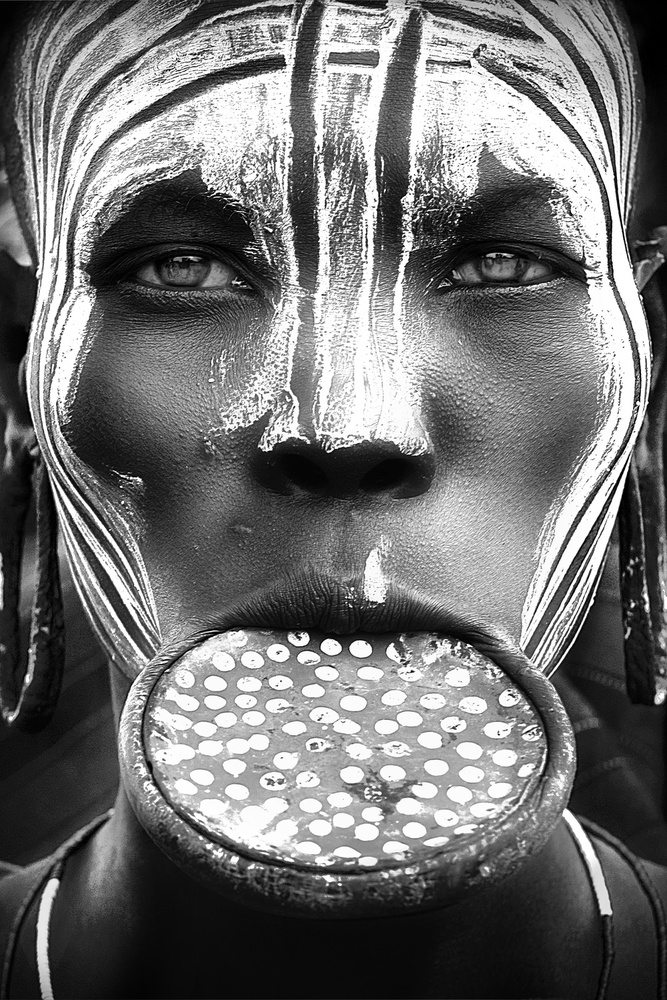
'Tribal beauty – Ethiopia, Mursi people
What is more important to you, the mood, /story behind your images or the technical perfection?
I can certainly say that the most important thing is people and especially the stories that are often written on their faces and in their looks. But I recognize that it is also very important to know how to use the technique, both in the shooting phase and later in the image processing phase, because this knowledge in the hands of a photographer provides a powerful tool to serve his creativity. At this regard, my main concern when I take a picture is specially to control the light as much as possible. I believe it is fundamental to have control over it, try to "bend it" to my needs, and this for two fundamental reasons: the first is that the human eye is inevitably attracted to light, so controlling where the light hits I control even the eyes of the future spectator. Secondly, it allows me to highlight some aspects rather than others, depending on the type of portrait I have in mind.
And for what I have in mind creativity is the most important ingredient of a photograph. Ansel Adams, a photographer so dear to me, said: "You don't make a photograph just with a camera. You bring to the act of photography all the pictures you have seen, the books you have read, the music you have heard, the people you have loved". I believe it is this knowledge, filtered and metabolized by my mind, that guides me when I take a picture and then when I elaborate it later.
What gear do you use (camera, lenses, bag)?
Currently as main body I use a Nikon D850, a camera that I consider really excellent, while as a second body I use a Nikon D810. As lenses, I prefer zooms because I think they are much more flexible and functional and therefore extremely suitable for street and reportage photos, but above all for portraits, as I don't like getting too close to my subjects. This is because, based on my experience, this makes them more nervous and tense, to detriment of their naturalness. The lens that is perfectly suited to my way of photographing and therefore the one I use the most is the Nikkor 70-200mm f/2.8E FL ED VR, which I replace with a Nikon AF-S 24-70mm f/2.8 G ED when shooting conditions require a slightly shorter focal length. Although I use it very rarely, in practice only for some landscapes, I also have a Nikon AF-S 14-24mm f/2.8 G ED. So, a very essential equipment perhaps, but I must say of very high quality.
Can you tell us something more about your work flow?
According to me, digital photos always need a minimum of post-production, especially if, like me, you set up your camera with all the parameters of shooting on neutral. Unlike many photographers, I don't think that post is synonymous with "trick". On the contrary, I believe that post-production is a powerful tool available to the photographer to demonstrate his talent, to expand his creativity and to obtain "exactly" the photo he had in mind at the time of shooting. I believe that today a good knowledge of a software to process images is as important for a photographer as the knowledge of his camera and the knowledge of the masters of photography.
I never use a predefined or standardized workflow. I like to apply the post-production according to the characteristics of the image I have to deal with, giving free rein to my imagination and my creativity. To do this I shoot always in RAW/NEF format and then I use Photoshop, an extremely powerful and versatile software in my opinion, with infinite features and quite simple to use, provided of course that you know it. I have been using it for several years now, keeping it constantly updated, and I think, without boasting, that I know how to use it with reasonable skill and to have an excellent knowledge of its potentials.
Who are your favourite photographers and more importantly, how has your appreciation of their work affected how you approach your own photography?
In general, the reportage-photographers and great portraitists have influenced me. Especially Steve McCurry. This great interpreter of reportage and colour photography has certainly been my first master. I have always loved his style in reportage, his ability to compose the scene and to put always a human figure in the centre of every shot.
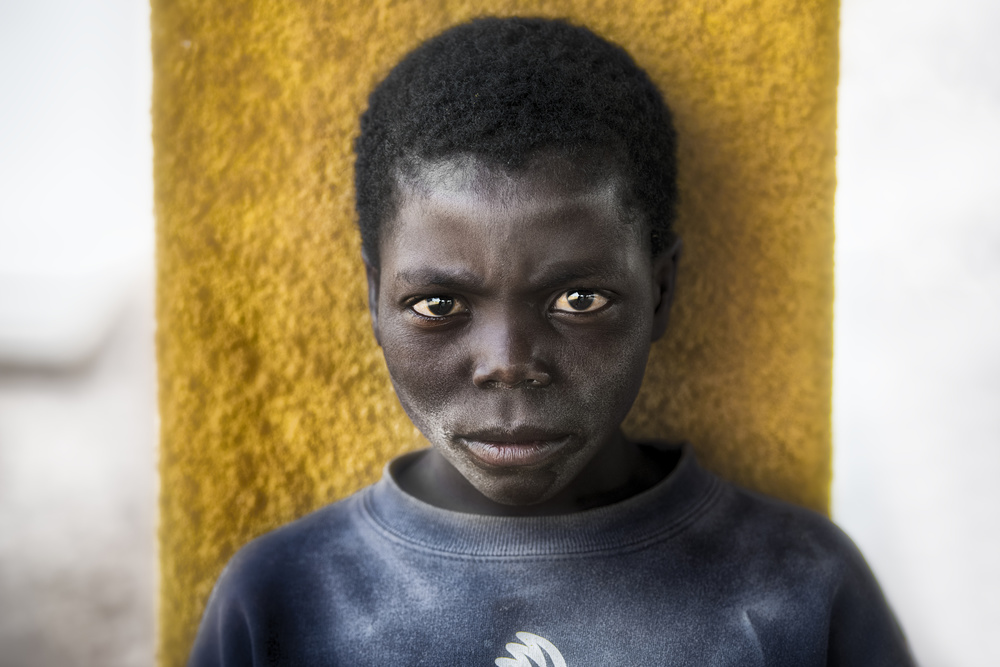
'We are always strangers to someone'
Another author who strongly influenced me with his works was certainly Pedro Luis Raota, who I undoubtedly consider the "Caravaggio" of photographers. His incredible black and white portraits are absolutely extraordinary, for the technical quality, for his ability to play extremely skilful with lights and shadows giving a dramatic depth to his faces and making them incredibly alive and real, just like the genial Italian painter did.
Finally, but absolutely essential for the influence he exercised on my way of photographing, I must mention Sebastiao Salgado, a master I unfortunately discovered only a few years ago. But is after the in-depth study of his extraordinary masterpieces, of his images so strong but so full of emotional impact and humanity, that I made the decision to start taking pictures in black and white, something I had never done before.
Is there any specific photo taken by another photographer that has inspired you a lot and why?
As I have already said, I approached photography rather young, to satisfy my desire to portray people and to tell their stories. It was the years when McCurry's talent was exploding, so if there's a picture that reminds me of my beginnings, it's definitely his "Afghan girl": a true masterpiece of photographic portrait, perfect under all points of view. I would say that the "Afghan girl" represents for photography what the "Gioconda" represents for painting. An absolute icon.
But in reality, the author whose photos have deeply influenced my way of photographing, changing it almost radically, is certainly Salgado. A few years ago, I bought his book "Sahel" and for me it was a real revelation: finally, I had found the master who made me understand what it really meant to photograph humanity. His photos are a punch in the stomach (I know that his book has had many difficulties in distribution in western countries) but for me they are pure poetry, they are the demonstration of the incredible narrative and emotional power that photography can show when the creative genius of a man merges with his immense sensibility and empathy.
Describe your favourite photograph taken by you and why it is special to you?
Indeed, I don't have a favourite photo, or better: for me all my photos equally important. But if I have to indicate one, then I choose "the little miner" of Benin, one of my first black and white photos, taken after discovering Salgado's works. I am very fond of it because it is one of the first attempts to put into practice what I had assimilated by studying his images. An attempt that I consider quite successful because I believe I have strongly transmitted all the drama and fatigue engraved on the face of this little child.
Are there any specific directions that you would like to take your photography in the future or any specific goals that you wish to achieve?
My future project is just my next trip. The passion for travel for me is at the same level as the passion for photography, and I am very happy to combine these two great passions, thus doubling the satisfaction. It is very rare that I pick up my camera when I'm not travelling and it's not just a matter of time but my way of relating to photography. I have nothing against Westerners of course, I also belong to this part of the world, but I find that we Westerners have lost much of our spontaneity and our ability to freely show our emotions. People who live in less technologically advanced countries, instead, have still maintained this ability. So, my next project is still looking for the "human races".
But apart from that, I confess that I'm beginning to think about making studio photographs. I think is time for me to try this kind of photographs too, because many of the countries that would interest me, especially in Africa, are closed to foreigners. My approach to photography, however, would always remain the same, namely to portray subjects capable of transmitting real emotions, so in this case I think to use non-professional models. As an alternative I think to use professional models to create emotionally very engaging situations or environments. There are many photographers in 1x.com who excel in this type of photography, and I've already started following some of them to learn. We'll see if and what will come out ...
What is your most important advice to a beginner in Documentary Photography and how do you get started?
Honestly, I don't think I'm a photographer so important to give advice. However, based on my experience I can say that to take street or reportage photos is always a very delicate issue, especially when trying to portray people. I am always perfectly aware that sometimes unpleasant situations or misunderstandings may arise, but personally it has never happened to me. I believe however that that depends also and above all on some "rules of behaviour" that I have imposed on myself and that I always respect.
I quote them briefly, maybe they could also be useful to others:
* Avoid banging the camera under people's noses, especially with women or children. When dealing with people with very different traditions from ours it is always a good idea to be "accepted" before starting to photograph.
* The laws of hospitality must always be strictly observed.
* Always obtain the consent of the subject you wish to photograph. I am not referring to a written and signed agreement, but rather to the fact that the subject must be aware that you wish to photograph it. In particular, for me this consensus translates into getting all the attention, "catch the glance" of the person photographed. In short, avoid the "stolen" photos.
* Establish a minimum relationship with your subject and put him at ease. This, in addition to avoiding misunderstandings, will also allow for better portraits. Having a subject that is not tense and not fearful, but loose and natural, will certainly make you get more intense and exciting portraits.
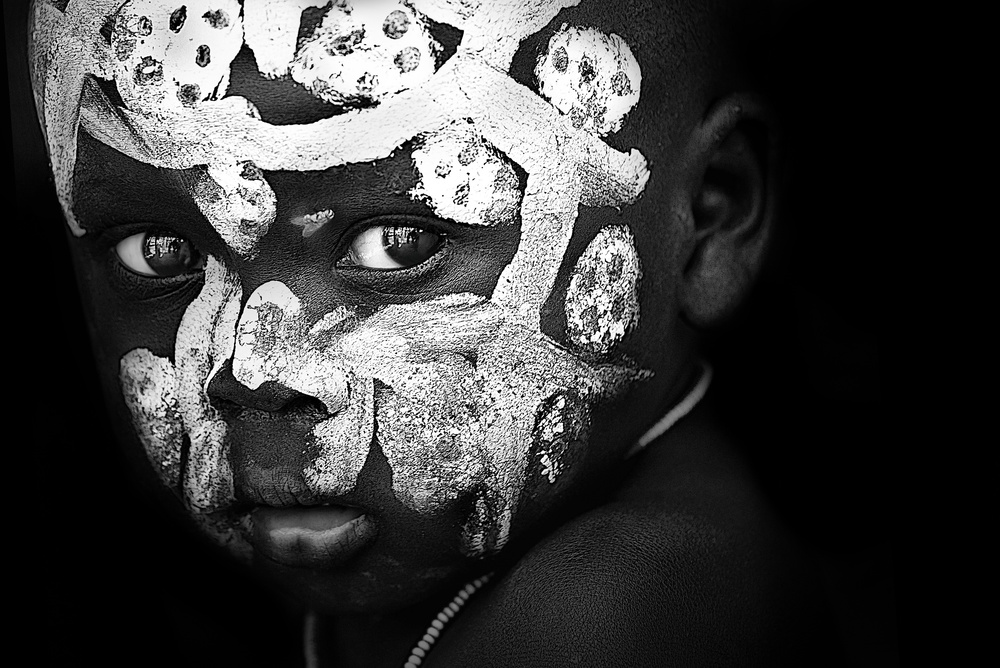
'Tradition's spirit – Suri people, Ethiopia'
The last tip I can give to those who are now starting to take photographs is to build a solid cultural base, because I think it is just as important as the knowledge of the technique. I don’t say to study painting (although it would be nice) but at least study the works of photographers who really made the history of photography. Read also their story and above all the interviews reporting their thoughts. They often contain ideas and insights that can truly open your mind and broaden your horizons. I read several interviews of my favourite authors, and almost always I found enlightening passages on how to photograph and above all why to do it in a certain way.
Is there anything else you wish to add and what do you think about 1X as a home base for your work?
About 1x.com, without doubt I consider it by far the best photography site available today on the web. It is a very popular and widespread site, with very refined and elegant pages and above all used by the best world photographers, professionals and not. Incidentally, today 1x also has its own showcase on the most popular social media, even though I don't love them very much and I think they are of little use for promotional purposes. I signed up to 1x from almost 5 years ago, and I find it a great way to emerge from the crowd, especially if you are a good photographer. In this site, in fact, only the photos considered the best by a group of professionals in the sector are published, and this high-profile selection contributes to drastically limiting the number of photos that are put on display. No need for a particular strategy to emerge on this site, it is enough to be a talented photographer to be able to stand out and be noticed worldwide. So, my advice is: if you think you're a good photographer, if you think your photos deserve to be seen and appreciated, and maybe even bought, then get involved with this site and compare yourself to the best of world photography.
. '

